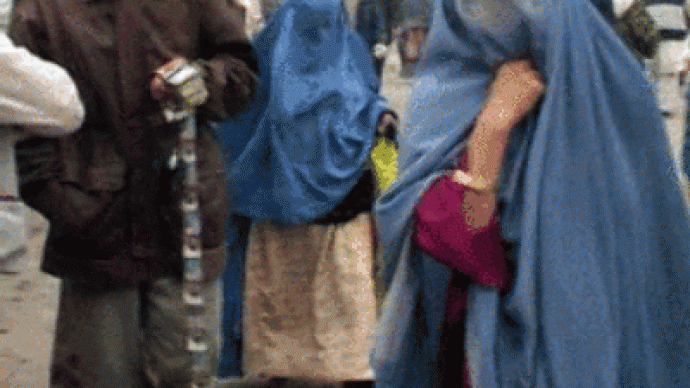EU to fund Afghan security

The European Union is to give 600 MLN Euros (almost $US 780 MLN) in new aid to Afghanistan. The announcement came just a week after the United States pushed its NATO allies to increase the number of troops and aid in the country.
The hectic U.S. diplomatic activity in Kabul, visited recently by Robert Gates, Hillary Clinton and Nancy Pelosi, has suddenly snatched the smoldering Afghan conflict out of obscurity.The American campaign in Afghanistan, and then in Iraq, both were based on a “light American footprint” – a military strategy advocated by Donald Rumsfeld.The premise was that a high-tech combination of information technology and precision firepower would allow waging remote control warfare without as many boots on the ground.The mission of U.S.-led Operation Enduring Freedom was strictly defined – to capture or kill Al Qaeda and Taliban leaders, take down their networks, destroy their training camps and deny any sanctuaries.The first mission of NATO-led International Security Assistance Force was to provide security in Kabul. Belatedly, it was expanded to embrace the countryside, but security gaps have already been filled by insurgents.“We have been focused on Afghanistan from October 2001 on,” says Nicholas Burns, Undersecretary of State, “and when you are in a fight like this and when the conditions of the fight change and when the numbers of the opponents grow, you adjust and that's what we're doing.”The first “adjustment” came in 2002, when the Pentagon revived Vietnam era Pacification Programme. Provincial Reconstruction Teams were introduced in Afghanistan and later, though with less success, expanded to Iraq.However, the security situation in Afghanistan has drastically deteriorated. Taliban & Al Qaeda have re-emerged. From 2005 to 2006, suicide attacks jumped from 27 to 139, road bomb attacks snowballed from 789 to 1677 and armed attacks skyrocketed from 1558 to 4548.According to Mr Burns, “the Taliban increased its insurgency in 2006… There is a problem of forces coming from Pakistan into Afghanistan to attack and then return to Pakistan to seek refuge and refitting. We are, of course, working very closely with President Musharraf and with the Pakistani military and the Pakistani intelligence services to see that Pakistan will do more and make a concerted effort to strike at those terrorist training camps.”Pakistan's President has refined his brinkmanship strategy and would definitely collaborate, if he could. Afghan officials released a video in which captured Taliban spokesman, Mohammad Hanif, said Mullah Omar was living in the Pakistani city of Quetta under the protection of Pakistan's ISI intelligence service.On Monday, Bin Laden's deputy, al-Zawahiri, released his latest videotape, taunting the United States over the Iraq war and anti-terror efforts.Al-Zawahiri rejected President Bush's earlier contention that U.S. forces have deprived al Qaeda of haven in Afghanistan, calling the claim a “naked, barefaced lie.”A more delicate challenge for the U.S. to convince NATO to send more troops to Afghanistan.“We need more troops from the European allies,” says U.S. Undersecretary of State. “We need to remove all the caveats. that inhibits the ability of a NATO commander to move troops around to redeploy them tactically so that they can be effective in responding to the insurgency.”U.S. General Dan K. McNeil will soon replace British General David Richards as the Commander of the NATO mission in Afghanistan. He will have a daunting task to reconcile US gung-ho attitude with NATO gun-shy approach. The spring offensive will show if a new ISAF chief will be up to the challenge.
You can share this story on social media:












